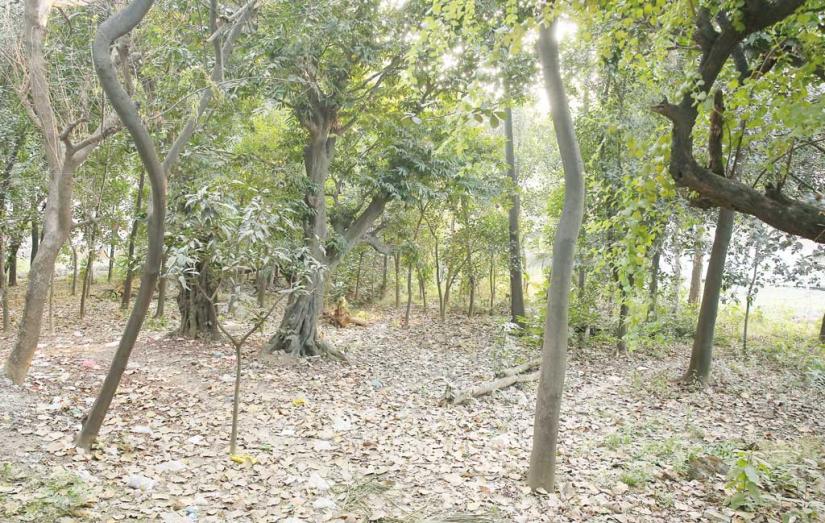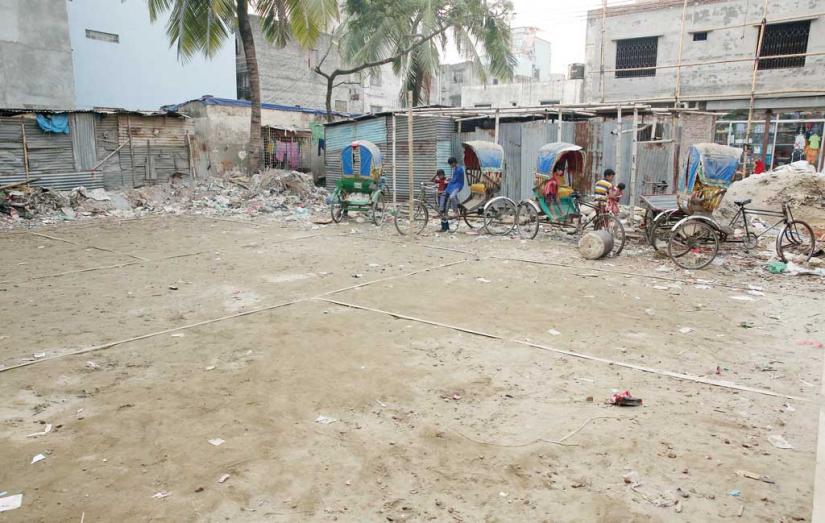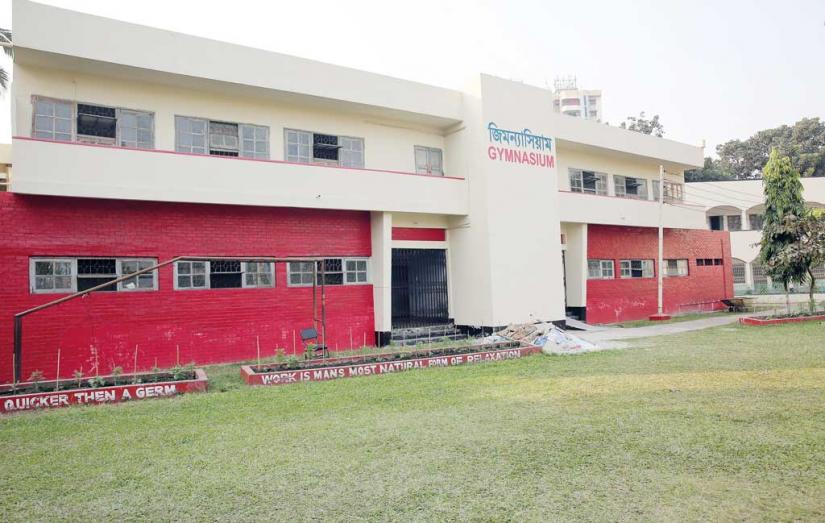 The nine-month-long bloody war in 1971, saw the Pakistani occupation army and its local collaborators - al-Badr, al-Shams and razakars abducting intellectuals and killing them in many places across Bangladesh.
The nine-month-long bloody war in 1971, saw the Pakistani occupation army and its local collaborators - al-Badr, al-Shams and razakars abducting intellectuals and killing them in many places across Bangladesh.
During the Liberation War, Chowdhury Mueen Uddin and Ashrafuzzaman Khan and their fellows played the central role behind the killing of intellectuals of the country, mainly the teachers, doctors, journalists and writers with an intention to cripple the nation intellectually.

Among the victims of their brutality, only a few had been identified while many bodies were too decomposed to be traced for identification.
Over the years, the state could not yet take enough measures to protect and preserve most of the killing fields and mass graves, where the bodies of the martyrs were dumped by the Pakistani forces and their collaborators in 1971.
Most of those places, witness to untold horrors, remain uncared, unprotected, and unmarked to date.
War researchers say these places are now hard to find as the government has failed to take up any initiative except projects to care for those spots and because of this, locals of the areas are also unaware of the importance and historical significance of the places where they reside.
War Crimes Facts Finding Committee puts the number of mass killing fields at graveyards at over 5,000, however, Liberation War Museum puts it at 446 and Ministry of Liberation War Affairs puts it at 204.
Among the identified spots, only a handful of places have monuments, like Kurmitola inside Dhaka Cantonment, Rajarbagh Police Lines, and the Rayerbazar mass killing grounds; the Martyred Intellectual Memorial at Mirpur; and a museum by Liberation War Museum in Mirpur-10 are the only places in the capital maintained properly.
Meanwhile, the Ministry of Liberation War Affairs in the fiscal year 2018-19 sanctioned Tk461 crore to preserve the 204 mass killing grounds that it identified.


